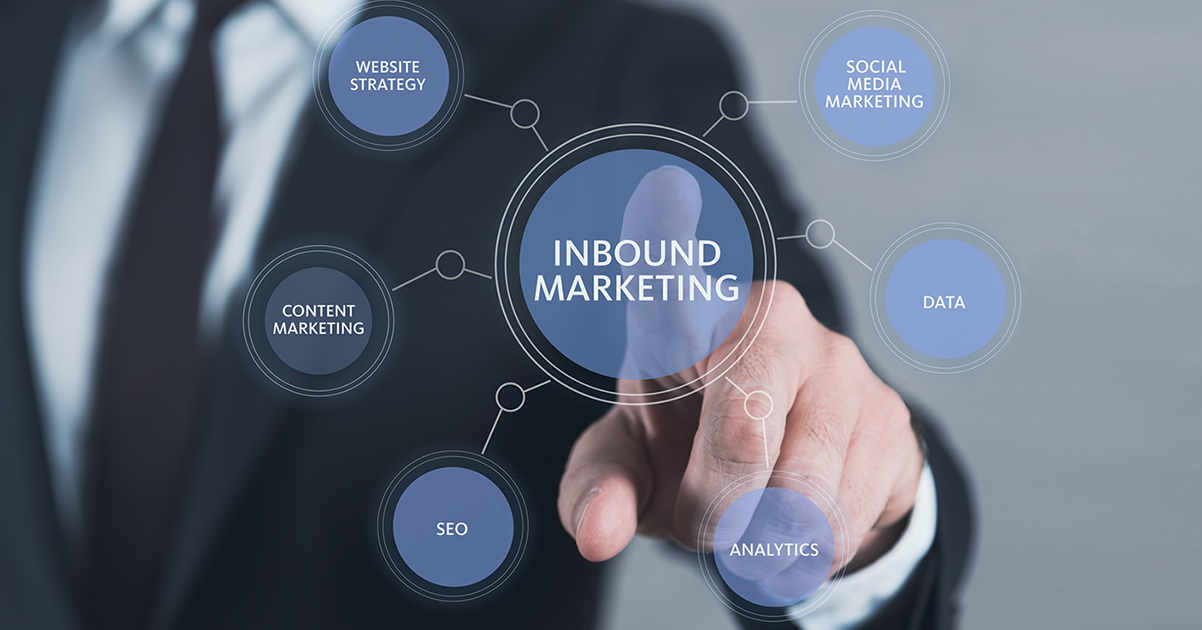Article Read Time: About 9 minutes
Video: Make Your Next Tradeshow Booth Stand Out From The Crowd
The data shows that the majority of the people who go to manufacturers’ websites are first time visitors. This means most people have their first experience with your company online. Therefore an important question to ask yourself is, “What would you normally want to accomplish during that conversation?”
Think about this. If you were to speak with a potential customer for the first time, what would you talk about? Most likely, you would want to spend time talking with them about their needs and problems. Eventually, you will want to discuss how you could help them solve their problems. But you recognize that from the first time that you meet them, to the time when they decide to buy your solution, there is a process of building a relationship and understanding their goals.
Interestingly, this is where we see a major disconnect with how websites are structured and what visitors are looking for. The majority of manufacturing websites’ content is slanted towards someone who is much further along in their buying process than a first time visitor. They incorrectly assume that their visitors are closer to a buying decision than they actually are. They skip the “needs & pain point conversations,” and go right for a sale.
If you are a client of ours, then you know that we recommend a different approach. We recommend that manufacturers position 80% of their content towards people who are in the very early stage of investigating your company. In this stage, you don’t want to appear too pushy. You want to quickly and efficiently provide them with the information that they are looking for. We have found that the best way to determine what kind of content to produce is to split your conversations into three parts targeted towards three clearly definable phases in everyone’s buying process.
Once you have classified what stage someone is in, it will be much easier to create content that meets them at where they are.
Awareness Stage
In the “Awareness” stage we recommend that you focus your content on your customer’s pain points. Help them identify and classify the problems that they have, so that you can then guide them towards future solutions. We recommend that you couple this content with several “No Risk Offers.” No Risk Offers are a non-threatening way for someone to engage with your company, without having to speak to someone or give anything substantial away to do so. No Risk Offers are perfect for someone who is in the early stages of their buying process, and are not yet willing to pick up the phone and speak to a sales rep.
Examples:
- eBook
- Whitepaper
- Infographic
Consideration Stage In the “Consideration” stage, we recommend that you focus your content on showing how your solutions/products can resolve your customer’s pain points. It’s important to know that this content on your website should be limited to just a few pages. We recommend that you couple this stage’s content with at least one “Low Risk Offer.” A Low Risk Offer is a level of engagement just below meeting in person or having a conversation. Low Risk Offers typically require some level of client participation or evaluation.
Examples:
- Podcast
- Webinar
- Video
Decision Stage
In the final stage of the buying process, or the “Decision” stage, we recommend that you clearly spell out the benefits which your solutions provide. Showcase your strengths as compared to your competition and lay out the case for why a customer should engage with you. Couple this stage’s content with a Direct Business Offer.
Examples:
- Purchasing Guide
- Case Study
- Worksheet Calculator
Remember that when someone reaches the end their on-line decision making process, they are now ready to speak to a sales person in your organization. Make sure that you are ready to follow up with them with and assist your sales team in closing the transaction.
If you’d like to learn more about how IQnection can help your manufacturing business implement these strategies and more, check out our upcoming webinar.











